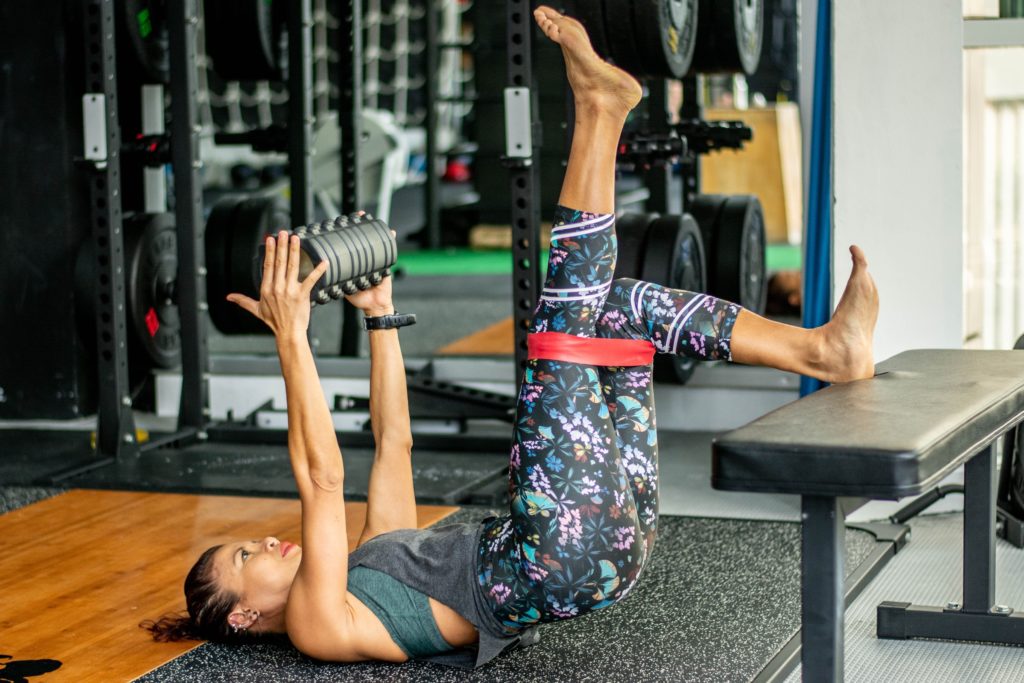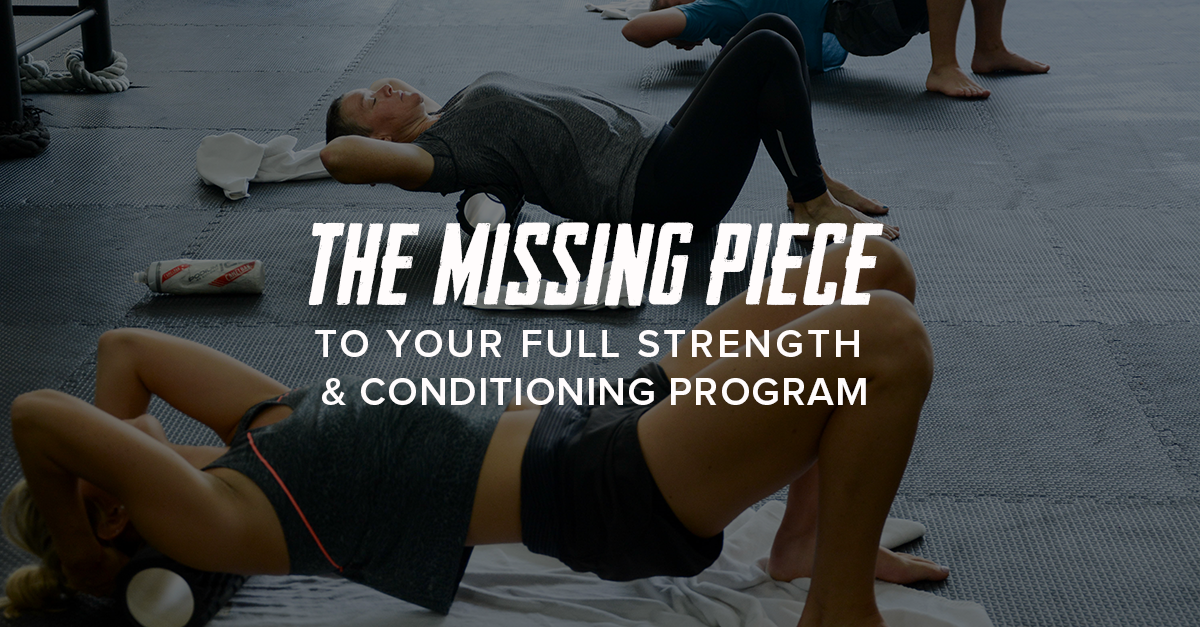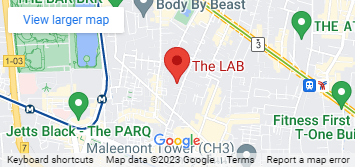The missing piece to your full strength and conditioning program
Let’s be honest, it is definitely not the sexiest, most Instagrammable element of training, is it?
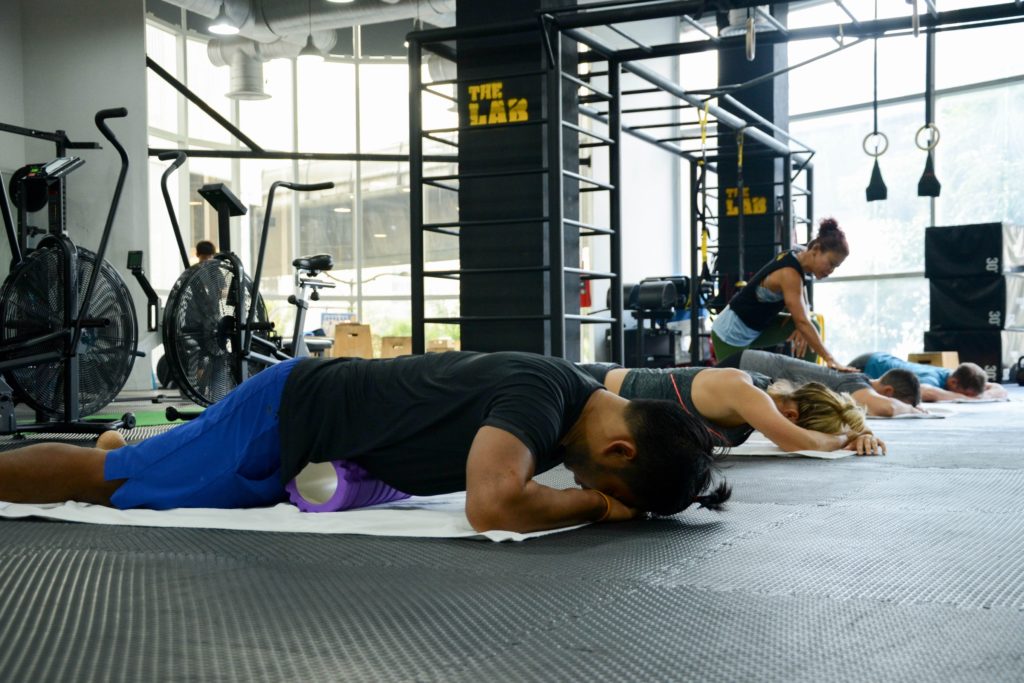
Rolling around on a foam roller can be awkward if you don’t know what you are doing and leave you feeling a bit like a dog trying to scratch an itch by grinding body parts on odd shaped implements in a quiet corner of the gym.
And the pain! Oh, the pain!
Especially on the quads, these 2 points alone can be enough to make us want to “skip” this important movement prep-phase and head straight for your usual warm up.
SMFR or (self-myofascial release), a fancy term for self-massage, works to release muscle tightness and trigger points. This method can be performed with a foam roller, lacrosse ball, theracane or your own hands. By applying pressure to specific points on your body, you are able to aid in recovery of muscles and assist in returning them to normal function. By normal function, we mean muscle elasticity and being healthy and ready to perform at a moment’s notice.
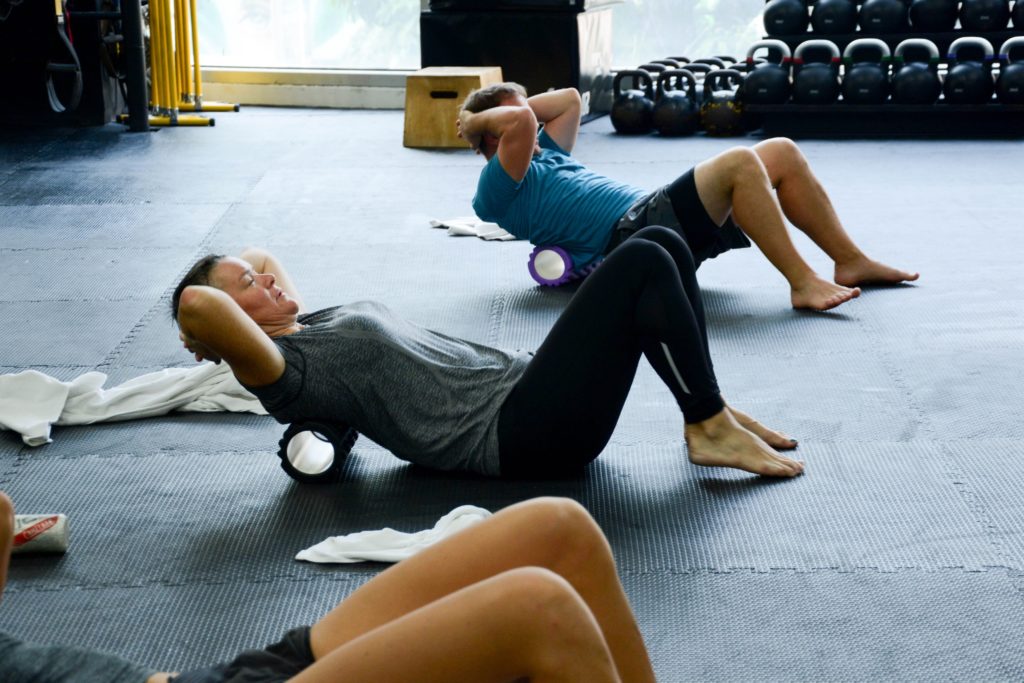
When I first learned about SMR, it literally changed my life! At a time when I was doing a lot of multi-sports like running, biking and swimming and the repetitive strain of those actions would leave me feeling tight and locked up leading to niggling shoulder, hip and knee pain. It seemed that SMR was a method taught only to elite athletes back then, but now we are seeing the foam roller utilised more often and regularly helping everyday people like you and me.
I am pro-SMFR for everyone. It can be recruited to activate muscle groups for people that are non-active or have an imbalance in their own training program, both of which cause a lack of strength, resulting in poor posture. With many people either not exercising enough or overtraining in one plane of motion, SMFR can be remediating for all.
But whilst SMFR is great and can immediately make you feel the benefits, it’s not the sole answer to improved posture or final solution for ubiquitous ‘office syndrome’. There are 2 other key components to a great recovery program –
Muscle Activation – A technique in which to develop underused muscles that support larger muscles groups, allowing proper form during exercise; and
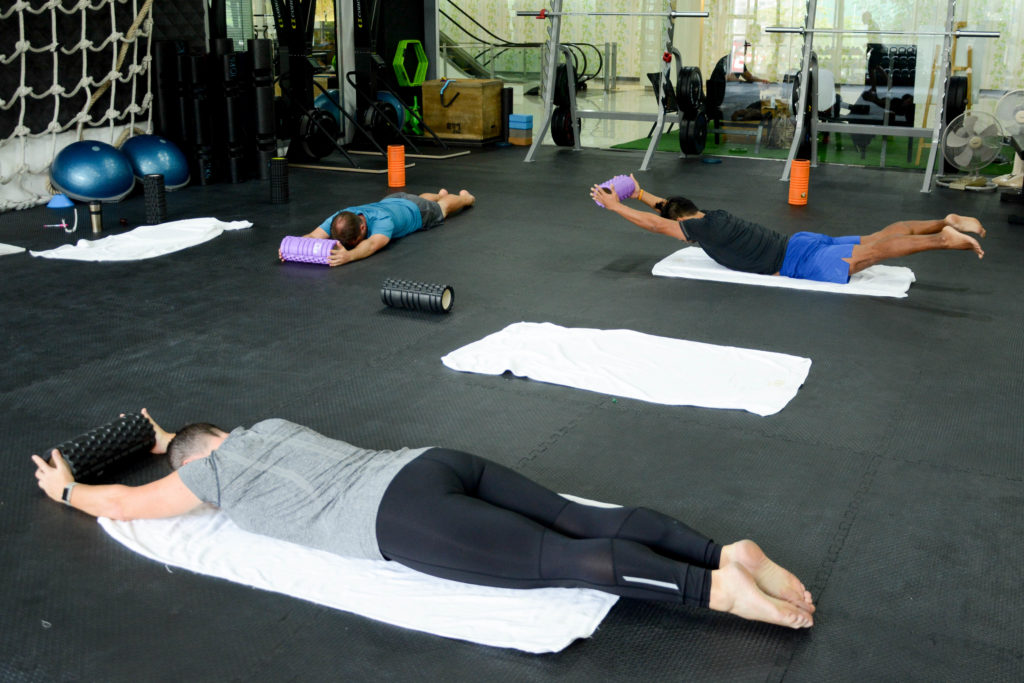
Deep Stretching – Active stretching that targets primary muscle groups surrounding the hips, hamstrings and upper back.

Two of the most common reasons people get injured is over-compensating for a previous injury or exercising with poor form. The human body is intelligent, building algorithms to perform repetitive movements more efficiently, whether they are correct or not. Our bodies will always take the path of least resistance so continuous movement patterns that do not support proper posture or build strength in the right muscle groups, will eventually lead to symptoms of overuse, strain and tightness in associated joints.
But before you run to the doctor to seek out a magic pill or worse, they tell you that you need surgery, try making a commitment to your own recovery program including the 3 techniques mentioned above for a minimum of 20 minutes per workout to see if your pain can be eliminated and your performance improves.
At The LAB, we offer a 60-minute Recovery LAB class with Coach Om to improve mobility and reduce the riskof injury for our hardworking and dedicated members. This class uses foam rollers, resistance bands and deep stretches throughout a structured weekly program designed to improve circulation and provide relief for tight joints and muscles.
Coach Om is a certified rehabilitation specialist and a popular figure at The LAB with more than 10,000 hours of professional coaching behind her. She maintains an unrivaled set of skills and eye for correct form, supporting you to maximize your time and get the most for your body in this session.
